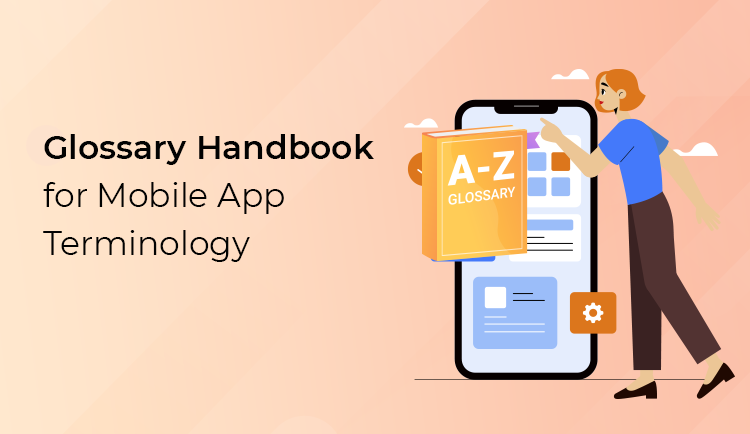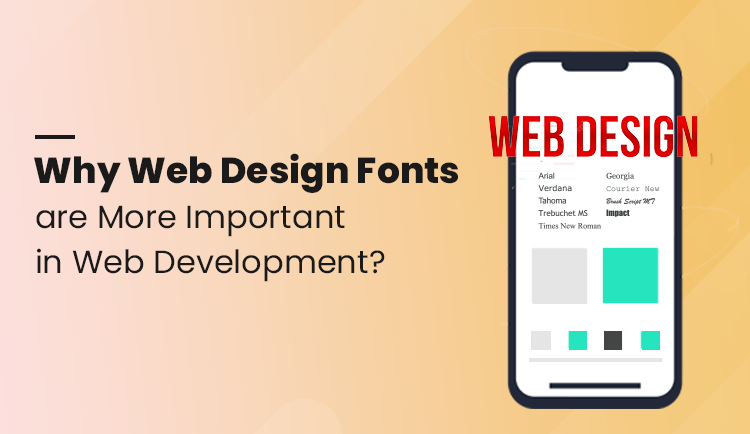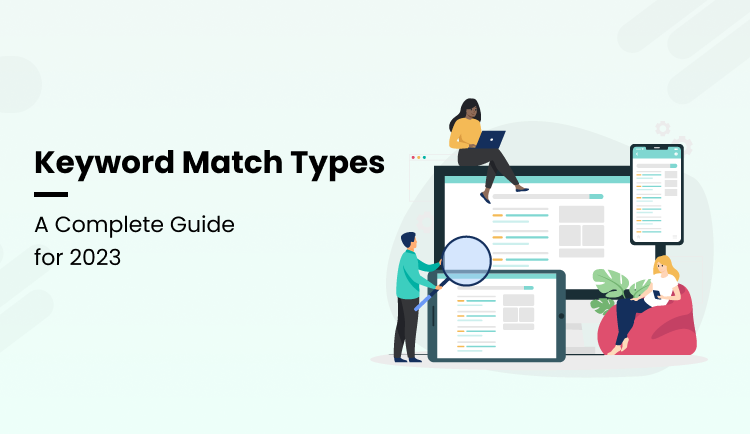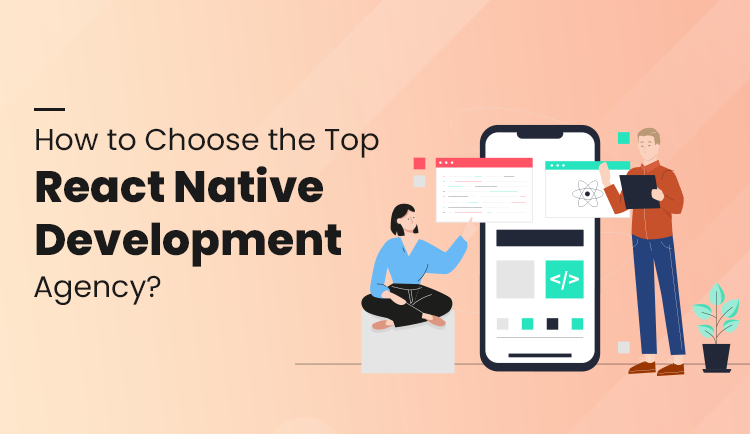
Glossary Handbook for Mobile App Terminology
Developer and software terminologies can be difficult to learn for marketers in the mobile tech industry, particularly if you lack a technical background. So, here is a Mobile App Terminology Glossary Handbook for you.
This glossary handbook will help you understand the most important Mobile App Terminologies you’ll certainly encounter while planning your app project.
A
Accelerometer: An electronic sensor/tool that measures an object’s acceleration (change in velocity) to determine movement of a mobile device.
Adaptive Layout: A website layout that utilizes media queries to change the design of the site based on the device or window size.
Agile Software Development: Iterative software development methods and techniques in which requirements and solutions emerge from collaboration among self-organizing cross-functional teams.
Android: Android is Google’s flagship operating system. Building for Android necessitates the use of Java, a more widely used programming language.
Application Programming Interface (API): A specification that describes how different applications can interact with a set of software components. Other software can include APIs in applications.
Android Application Package (APK): A file format for delivering mobile apps to Android devices.
App Cache: An HTML5 standard that enables a web application to be cached and accessed offline.
B
Bug: A flaw or error in the software that causes a program or mobile app to fail.
Business-to-Customer (B2C): A mobile application designed for the customers.
Business-to-business (B2B): A mobile application designed for use within another company.
Business-to-employee (B2E): A mobile application designed for internal business or within the enterprise.
C
Cross-Platform App: An app built to target more than one platform and is written in a single programming language.
Customer Data Platform (CDP): A software platform that collects and organizes user data across multiple touch points. It is an essential tool for developing individualized customer profiles and forming a 360-degree view of the customer for growth marketing efforts.
Customer Relationship Management (CRM): A software platform that enables businesses to store and categorize customer data, as well as interactions between customers and businesses.
D
Data Animation: The idea of disclosing to the end-user the alteration of data, especially if the data changes frequently.
Do Not Disturb (DND): Mode on iOS and Android devices to disable or restrict phone calls and set the phone to silent mode.
E
Emulator: A program that simulates the operation of hardware or operating systems for testing purposes.
Epic: A collection of user stories that share a larger strategic goal in agile development. When many epics share common goals, they are grouped together under a larger business objective known as a theme.
F
Fork: Dividing source code into distinct development paths (referred to as branches). Forking results in the creation of multiple versions of a program.
G
Gestures: A set of finger movements used to interact with touch screen devices such as the iPhone and iPad. Typical gestures include ‘flick,’ ‘pinch,’ and ‘unpinch.’
H
Human Interface Guidelines (HIG): Apple’s design guidelines for iOS device user interfaces.
Hybrid App: A mobile application written in CSS, HTML, and JavaScript that accesses mobile device APIs that pure web applications cannot.
I
In-App Purchases (IAP): Purchasing items within an app.
Internet of Things (IoT): A network of physical devices integrated with devices, software, sensors, and connectivity, allowing them to provide greater value and service by data transmission with other connected devices.
iOS: Apple’s operating system that supports the iPhone, iPad, Apple Watch, and other devices.
IPA:
J
Jailbreaking: The process of removing the locks and restrictions that are put in place to prevent you from installing apps that the App Store does not officially approve.
JavaScript Object Notation (JSON): A lightweight data-transfer format that is simple for humans to read and write and machines to parse and generate.
M
Mobile Application Development Platform (MADP): A development tool that builds hybrid or native apps for each mobile platform from a single codebase.
Mobile Backend As A Service (MBAAS): A service that integrates mobile applications to cloud databases while also supplying user management, push notifications, and social integrations.
Mockups: Critical part of the product designing process. It is to show the end-user what the app will look like without having to build the app or its underlying functionality.
Mobile Consumer Application Platform (MCAP): A Mobile Application Development Platform for creating mobile consumer apps.
Mobile Enterprise Application Platform (MEAP): The MEAP is an application development environment that gives middleware and tools that allow you to build deployment, test, and maintain corporate applications on mobile devices.
MQ Telemetry Transport (MQTT): An ultra-light messaging protocol that enables network clients to distribute information.
Mobile Middleware: A software that connects various mobile apps, programs, and systems. It essentially conceals the intricacies of working in mobile environments, enabling more cohesive device-to-device interaction, mobile computing integration, and mobile app development.
N
Native App: A mobile application written in the target platform’s native programming language.
Notification Center: Feature that allows users to view recent messages and alerts on the device in iOS, Mac OS X, and Android.
Native Bridge: A layer of abstraction that allows non-applications to access mobile device APIs.
Native Packager: A tool that creates a hybrid app by wrapping a mobile application written in CSS, HTML, and JavaScript in a native wrapper and bridge.
Native Wrapper: A component that packages a non-native app so that it can be distributed natively.
O
OAuth: An open, standard requirement for authorization.
Objective C: A programming language developed by Apple to create software for Mac OS X and iOS.
Open Source Software: A software whose source code is freely accessible for use and modification.
Over-The-Top (OTT): Media streaming service that is delivered over the Internet rather than through cable or satellite, such as Netflix or Amazon Prime.
P
Pull Request (PR): A way to notify others that you have code ready for review.
Push Notification: A short message that can be sent to app users even when their mobile applications are not open.
S
Service-Oriented Architecture (SOA): An architecture that employs discrete software services.
Single sign-on (SSO): An authentication scheme that allows users to log in to any of several related but independent software systems using a single ID and password.
Software As A Service (SAAS): Software-as-a-Service (SaaS) applications run in the cloud. Customers sign up to SaaS applications instead of buying the software, and then can access them via the Internet.
Software Development Kit (SDK): A collection of programming tools and resources designed to aid software development on a specific platform or technology.
T
Test-Driven Development (TDD): A development process that depends on a very short development cycle to generate and pass test cases.
Taptic Engine Work: A shortened form of ‘tap’ and ‘haptics.’ When users get an alert, a taptic engine in the Apple Watch vibrates in such a way that it feels like it’s tapping them on the wrist.
U
Unique Device Identifier (UDID): A unique alphanumeric code that identifies a specific mobile device.
User Experience (UX): A term used to describe all aspects of an application’s interaction with the end-user.
User Interface (UI): A term used to describe how an end-user interacts with a device or application.
V
Virtual Private Network (VPN): A method of connecting to a private local area network via a public network such as the Internet.
W
Wireframes: Drafts that are used to present an app’s proposed functions, structure, and content. It separates the app’s graphic elements from its functional elements, allowing developers to quickly explain how users will interact with the app.
Write Once, Run Anywhere (WORA): A term used to describe a program’s ability to run on all operating systems.
X
Xcode: The software development environment for Mac OS X. Apple provides a free program allowing users to create Mac OS X and iOS software.
Concluding Thoughts
So this is all about the mobile app terminology. Hopefully, this mobile app terminology handbook helps you plan your app development project. If you notice any mobile app terminology that should be included here but is not, please contact Support . We will include here if appropriate.




